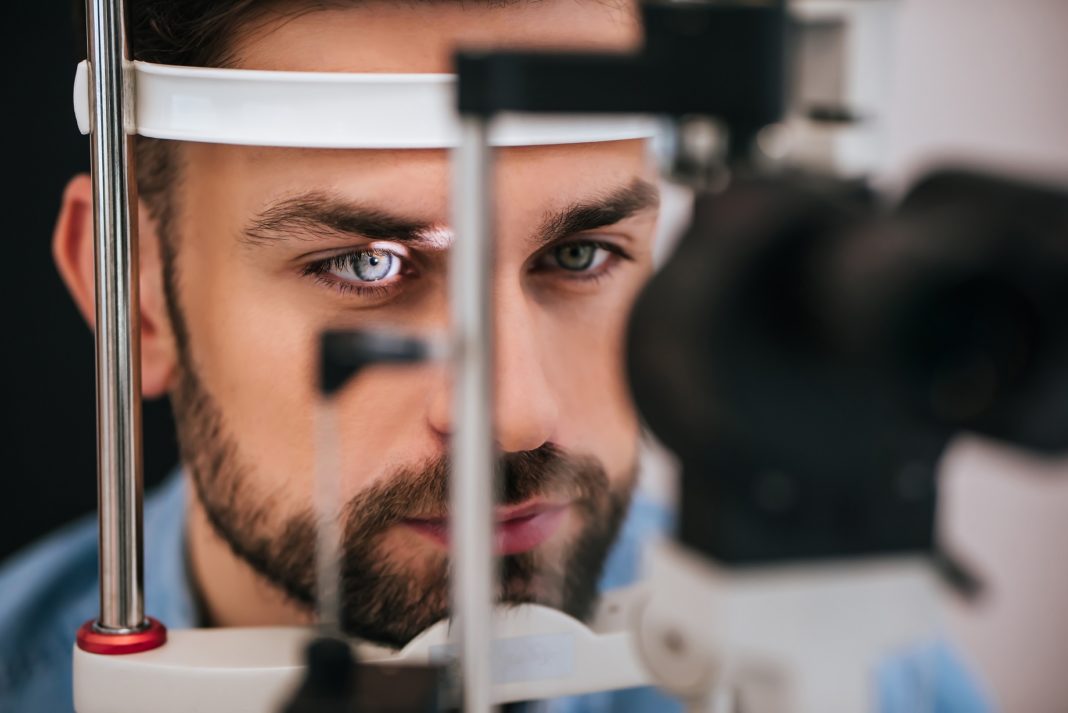EYE strain and other sight-related issues have increased significantly since the start of the pandemic, a new survey by Specsavers Ópticas reveals[1].
The survey shows that screen use is high, particularly at the weekend, with 56% of people reporting that they are spending five or more hours per day on screens.
This correlates with an increased experience of eye strain, with 20% of those surveyed saying that they have noticed one or more symptoms of eye strain for the first time, or they have experienced an increase in eye strain from before. Despite this, concern about screen time is minimal, which suggests that the trend could continue unless people take action to protect their sight.
Commenting on the results, Jorge Martínez de Lizarduy Araico, from Specsavers Ópticas says: ‘Our eyes are not designed to be fixed on a single object for a long period of time. When we focus on our screens, especially smaller format laptops, tablets or smart devices, eyes become stressed and strained. They may feel uncomfortable, sore, tired and as if they are itching or burning. You may also be experiencing blurred vision and headaches too.’
Jorge advises to:
- Follow the 20:6:20 rule: look up from your screen every 20 minutes and look at something 6 meters away for at least 20 seconds. Looking into the distance helps relax the focusing muscles of your eyes, which in turn reduces eye fatigue.
- Adjust your workstation – Adjusting your screen settings to ensure that the brightness and contrast are balanced correctly can help, as well as making fonts larger. Also be mindful of how your workstation is positioned. Adjust your screen so it is 15-20 degrees below eye level and around 50-70cm away from the eyes and make sure your room is properly lit to avoid squinting.
- Reduce glare – Reflections on your computer screen can cause glare and lead to eye strain.Try reducing this by attaching an anti-glare screen to your monitor or windows to avoid external light shining onto the screen. Glasses wearers can also have lenses treated with an anti-glare coating, such as Specsavers UltraClear SuperClean, to help limit the impact of light reflections on your eyes to reduce eye strain. They are also smudge and scratch resistant, which help to give an overall clearer view of your screen too.
- Update your lenses to suit your lifestyle – Varifocal wearers could also consider special lenses such as Specsavers’ SuperDigital lenses. Unlike traditional varifocals, the near vision zone in SuperDigital lenses is designed to cater for the way we hold our phones, making it easier to transition between viewing screens and looking further away. This is because phones are generally held at a closer, higher position that can be difficult to adjust to.
If you are struggling with eye strain, or have noticed a change in your vision during the pandemic, make an appointment for a complete eye test at Specsavers Ópticas. As an essential service, opticians are not affected by travel restrictions and have implemented rigorous hygiene standards, wearing of PPE and capacity control to keep customers safe. Find your nearest store at www.specsavers.es
[1] Specsavers Ópticas Customer Panel February 2021





